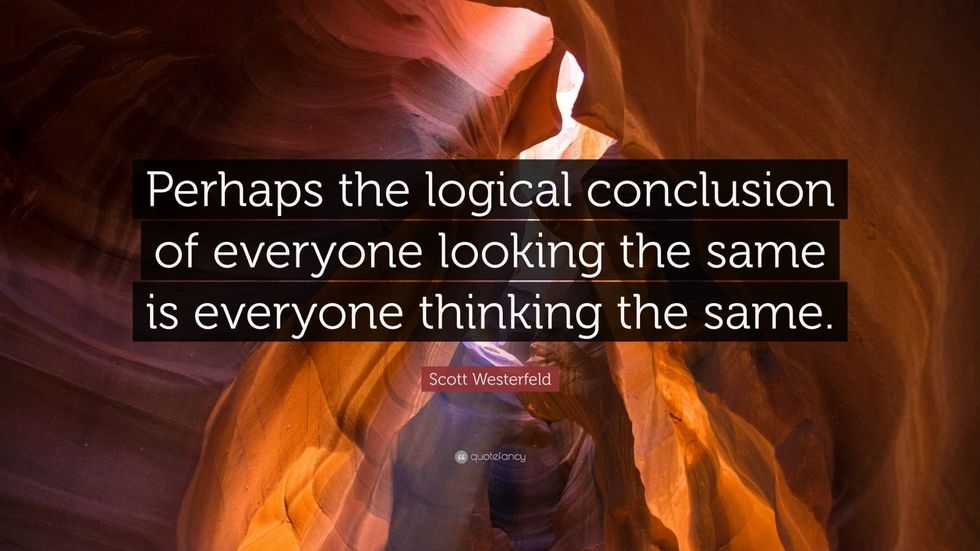
Most people think of how diversity affects and benefits the team. Embracing diversity, equity, and inclusion (DEI) in a team is critical when fostering an inclusive and effective work environment. When we build diverse teams that value and leverage different perspectives, we drive better outcomes. The more homogenous the team is, the more “group think” you’ll potentially have—because the group has a similar thinking style. If you don’t have enough diversity, you’re more likely to be missing valuable perspectives. But when you have a diverse team, there will be perspectives that you may never have considered.
Not only does diversity (or lack thereof) affect the team, but that influence can be much further reaching and affect customer-facing products and services. How? By introducing biases (such as implicit/unconscious and conscious). If you have an unconscious bias, you’re more likely to make assumptions and assume that those assumptions are true when they’re not true. That bias can lead to marketing campaigns based on perceived customer preferences but reinforce existing biases and limit opportunities for your customers.
There are several biases that can influence how customer-facing products and services are designed, developed, marketed, and delivered, potentially resulting in unintended or unfair outcomes.
Types Of Biases

Cultural bias can lead to misunderstandings, miscommunications, or the exclusion of certain cultural groups. For example, if you’re meeting prospects, did you know that prolonged eye contact is a sign of disrespect in some cultures while people who don’t look into someone’s eyes are seen as being evasive in other cultures?
Language bias arises from differences in language, accents, or dialects. Language bias can impact communication, customer service, or product accessibility, leading to different treatment or exclusion of customers who don’t speak the primary language. For example, people who speak English have accents or pronounce certain words differently (especially regionally). How well does your voice response unit (VRU) interpret what is being said by your customers? If not very well, the customer could get frustrated if the VRU constantly misinterprets what they’re saying.
If you’re using technology to create or improve a business solution, make sure you understand the customers’ needs/wants including the associated data. Otherwise, you may inadvertently introduce data-related bias. There is a saying that data is not agnostic, so you need to know where the data comes from and what the limitations are. You’ve probably noticed that grocery stores (within the same grocery store chain) stock slightly different SKUs in different neighborhoods. If you don’t understand the targeted customers for each grocery store and properly analyze the data, you may have limited products leading to poor customer experiences.
Recognizing And Reducing Bias

Bigstock
Be conscious of your unconscious bias. When you’re aware of your unconscious biases and why you have them, it’s easier to notice when you’re acting on them.
So how do you recognize if there is bias? Start by examining the decision-making process for potential biases. Are there patterns of favoritism, or are certain groups consistently being overlooked? Are there patterns of differential treatment based on characteristics such as race, gender, age, religion, sexual orientation, or neurodiversity? Question the assumptions and consider alternative perspectives. Each person has a perspective based on specific knowledge which is shaped by our personality, background, and even our childhood. All of these things give us a unique and valuable perspective and make each of us different. Maximize different perspectives by having a diverse team.
Foster diversity, equity, and inclusion on your team and use it to their advantage. When you have a diverse team, there will be a much wider variety of perspectives. In addition, educate the team about different types of biases and raise awareness about unconscious bias and its potential impact on decision-making. When the collective team has a better understanding of what the various types of biases are, they have a better chance of recognizing and mitigating them when designing, developing, marketing, and delivering notable customer-facing products and services together.
For more information on the importance of a diverse team for notable customer-facing products and services, follow me on LinkedIn!
- Why Project Management Should Drive Your DEIB Strategy ›
- 3 Ways To Strengthen Diversity In The Workplace ›
- Race & The Workplace: How To Create A Diverse Workforce ›
- 4 Ways Organizations Can Ensure Underrepresented Employees Can Bring Their Whole Selves To Work ›
- 5 Companies That Are LGBTQ+ Friendly ›

 Bigstock
Bigstock Bigstock
Bigstock Bigstock
Bigstock


